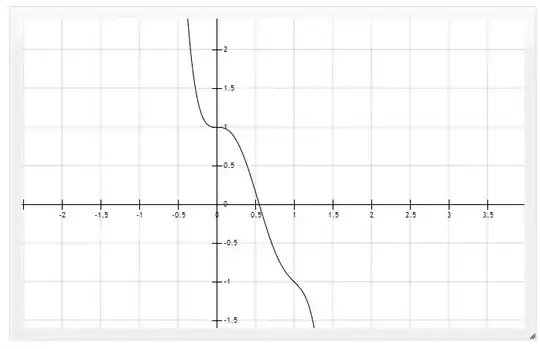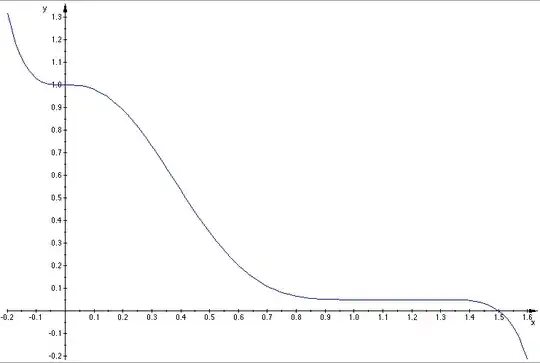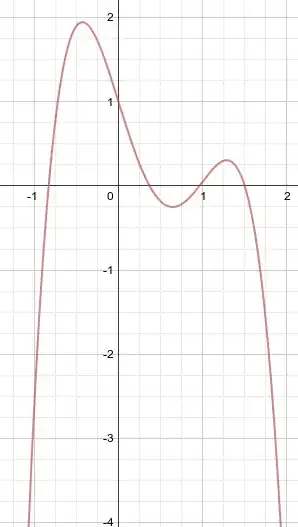$x^3$ has a point of inflection at $x=0$. How will you modify the formula to add a 2nd point of inflection at $x=1$?
Plot of $x^3$
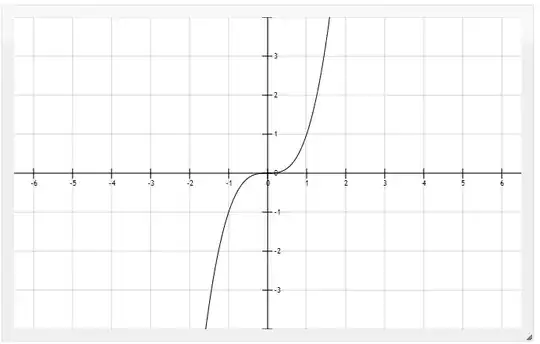
Plot of $x^3(x-1)^3$
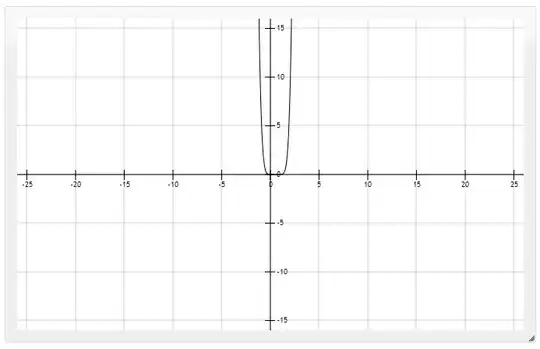
Update
The plot I am aiming to achieve has a shape similar to the graph below. However I would like the 2 inflection points at $(0, 1)$ and $(1, 0.05)$, and intersects the x-axis at $(1.5,0)$ and y-axis at $(0,1)$.
Graph with similar target shape
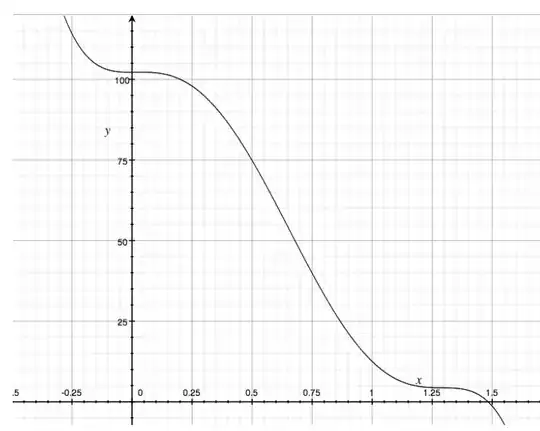
Current attempt
The closest I can get is using $1 - [ 16x^3 - 23x^4 + 9x^5 ]$ using J.M.'s equation inside the $[]$ square brackets with $\alpha=2$ and $\beta=1$. How should I bring the point of inflection at $x=1$ up to around $y=0.05$? Its currently at $y=-1$
